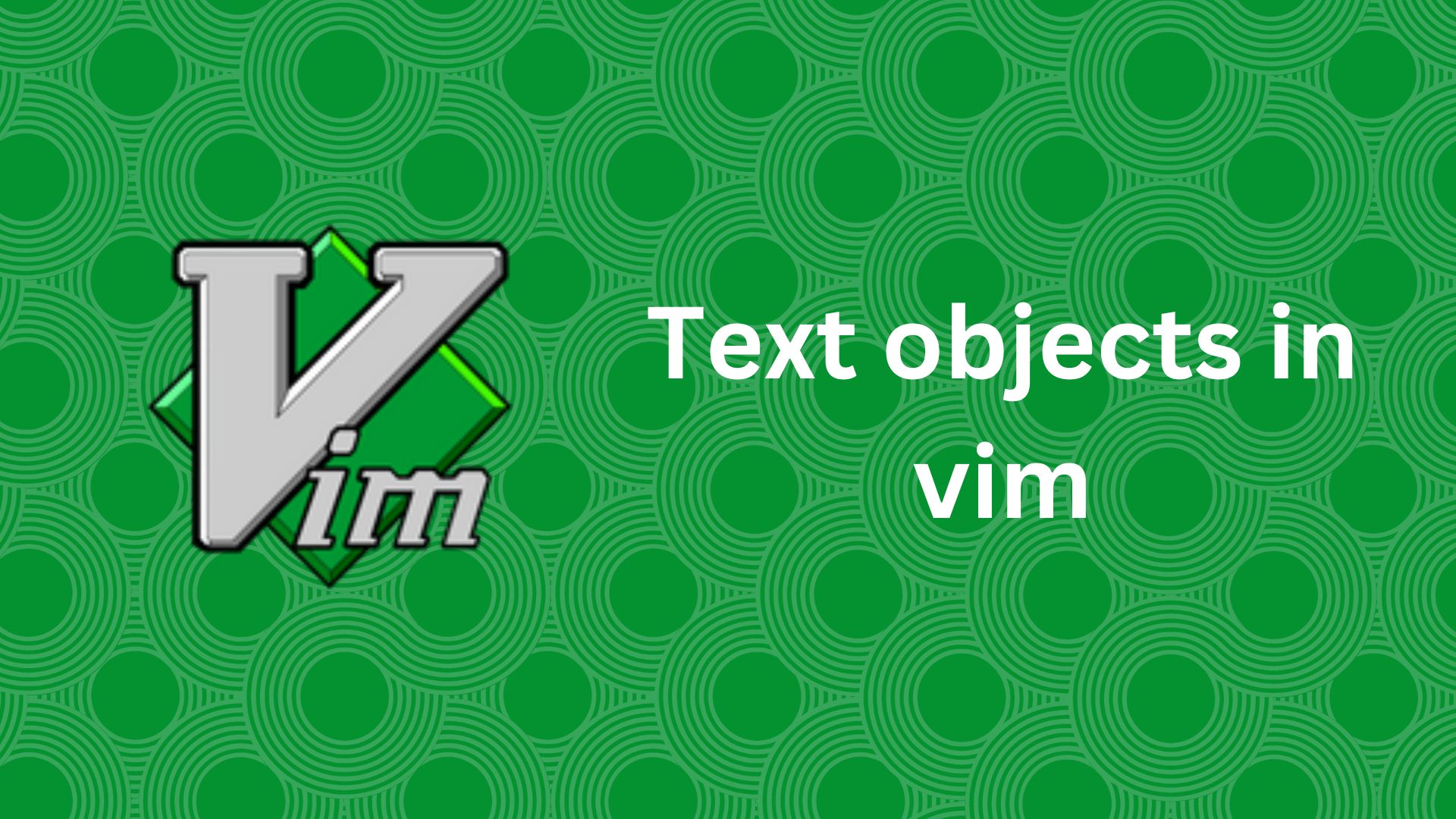Introduction
Vim, renowned for its powerful editing capabilities, offers a feature that sets it apart from other text editors: text objects. While often overlooked, text objects are the key to unlocking Vim’s true potential, allowing you to manipulate entire semantic units of text with remarkable precision and speed.
In Vim, text isn’t just a series of characters; it’s a structured entity composed of words, sentences, paragraphs, and more. By mastering text objects, you’ll elevate your editing prowess, whether you’re writing code, crafting documentation, or editing any form of text.
What Are Vim Text Objects?
Text objects in Vim are semantic units of text that you can manipulate as a whole. Instead of thinking in terms of individual characters or lines, Vim allows you to work with meaningful chunks of text such as words, sentences, paragraphs, or even custom-defined blocks like function arguments or HTML tags.
The Power of Text Objects
Text objects shine when combined with Vim’s operators. This combination allows for quick, precise edits that would otherwise require multiple steps in traditional editors. Let’s break down how this works:
- An operator: Such as
d(delete),y(yank/copy),c(change), orv(visually select) - The text object: Defined by two characters, usually starting with
i(inner) ora(around)
For example:
diwmeans “delete inner word”ca"means “change around quotes”
Basic Text Objects
Let’s explore some fundamental text objects with practical examples.
NOTE: In these examples, | represents the cursor position.
Words
iw(inner word)aw(around word)
Example:
The quick |brown fox jumps over the lazy dog.
diw→The quick | fox jumps over the lazy dog.daw→The quick |fox jumps over the lazy dog.
Sentences
is(inner sentence)as(around sentence)
Example:
The quick brown fox jumps. |Over the lazy dog. The end.
cis→The quick brown fox jumps. | The end.(with cursor in insert mode)das→The quick brown fox jumps. |The end.
Paragraphs
ip(inner paragraph)ap(around paragraph)
Example:
First paragraph.
|Second paragraph
with multiple lines.
Third paragraph.
yip→ Yanks “Second paragraph\nwith multiple lines.”dap→
First paragraph.
|
Third paragraph.
Advanced Text Objects
Parentheses, Braces, and Brackets
i(,i), orib(inner parentheses)a(,a), orab(around parentheses)i{,i}, oriB(inner braces)a{,a}, oraB(around braces)i[anda[for square brackets
Example (Python function):
def greet(|name):
return f"Hello, {name}!"
di(→def greet(|):ca{→
def greet(name):
return f"Hello, {|}" #cursor in insert position
Quotes
i"ori'(inner quotes)a"ora'(around quotes)
Example:
message = "Hello, |world!"
ci"→message = "|"(cursor in insert mode between quotes)da"→message = |
Tags (HTML/XML)
it(inner tag)at(around tag)
Example:
<div>
<p>This is a <em>|very</em> important paragraph.</p>
</div>
cit→
<div>
<p>This is a <em>|</em> important paragraph.</p>
</div>
(cursor in insert mode inside <em> tags)
dat→
<div>
<p>This is a | important paragraph.</p>
</div>
Conclusion
Text objects in Vim represent a paradigm shift in text editing. By thinking in terms of semantic blocks rather than individual characters, you can perform complex edits with just a few keystrokes. As you incorporate text objects into your Vim workflow, you’ll find yourself editing with unprecedented speed and precision.
Remember, the key to mastering text objects is practice. Start by consciously using them in your daily editing tasks, and soon they’ll become second nature. After you start using them regularly, you’ll wonder how you ever edited text without them.
Happy Vimming!
To read my other vim articles, check out the Vim Stuff section of this website.
